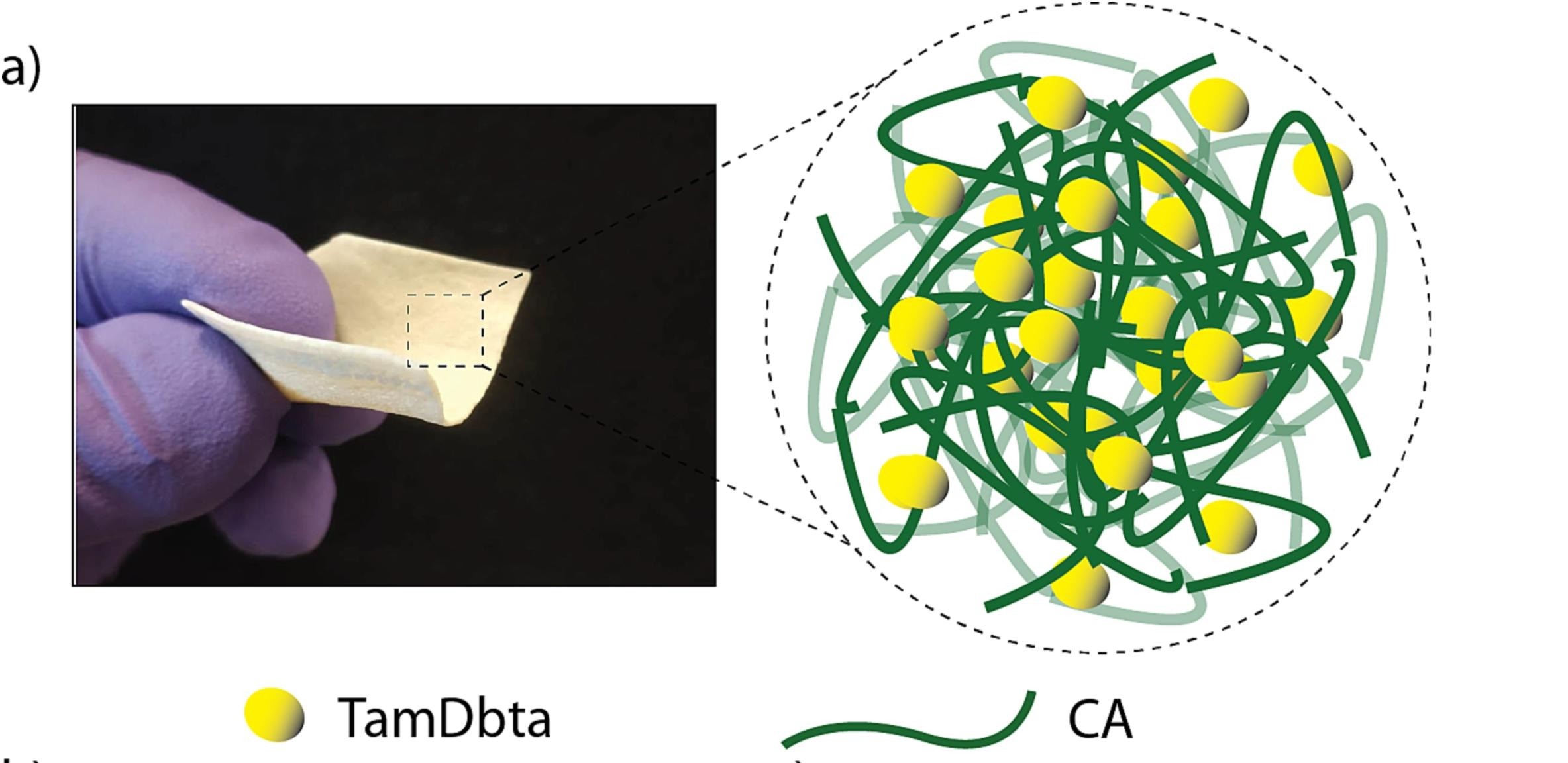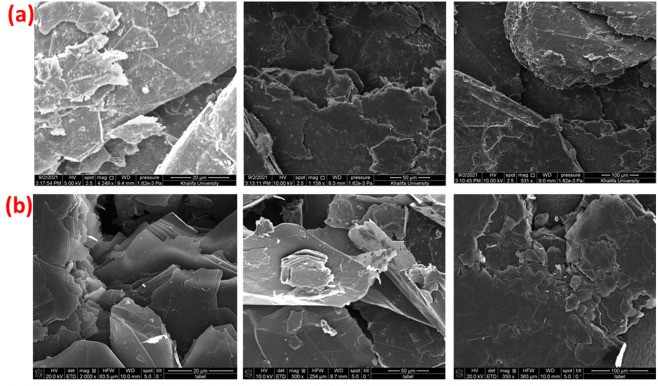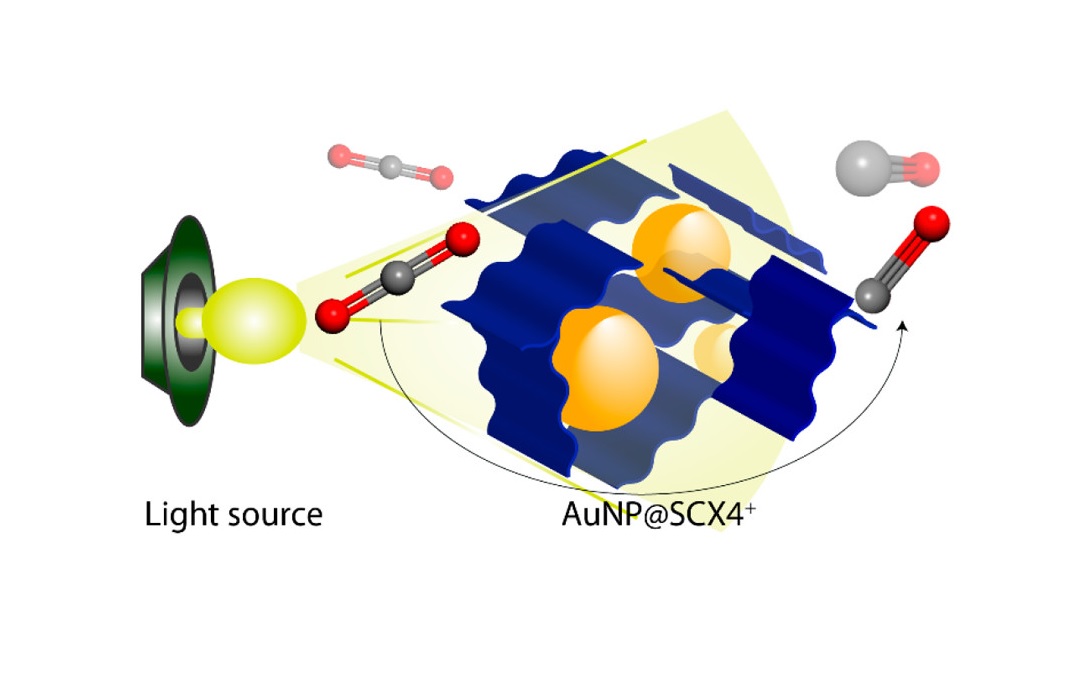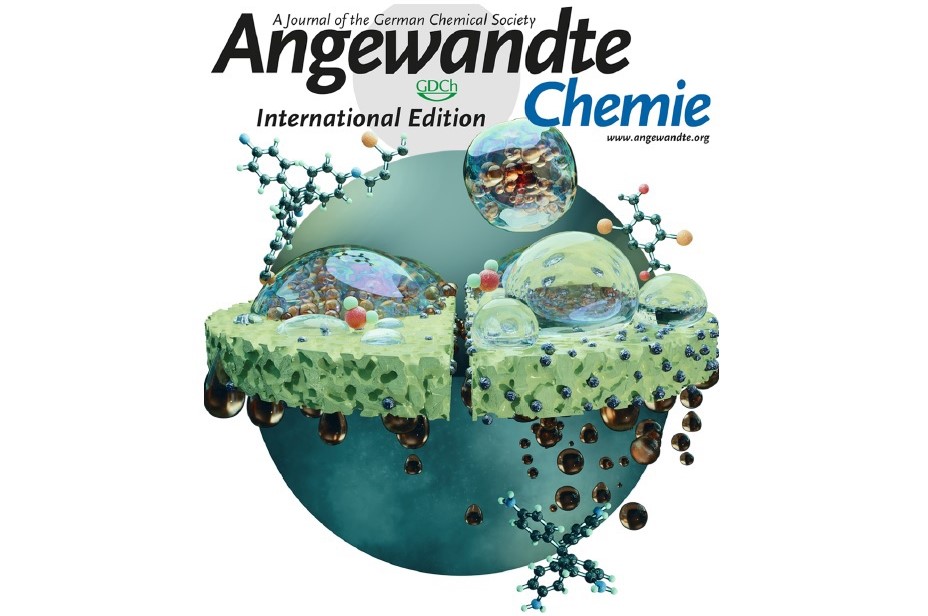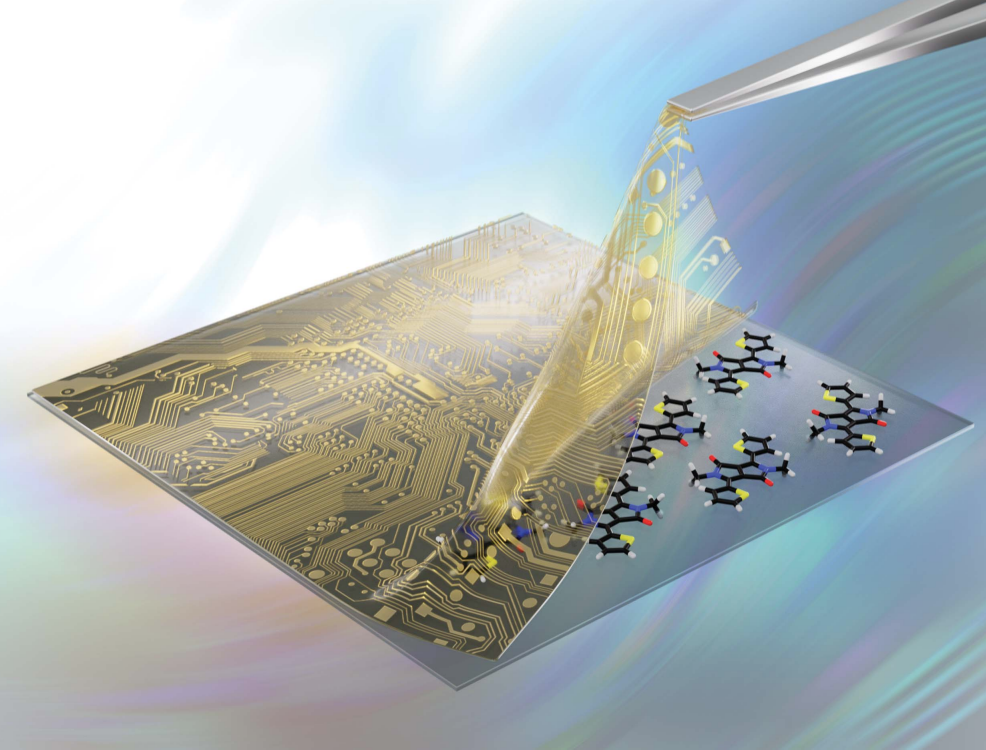
Dynamic molecular crystals are an underexplored realm within the material sciences, which are poised to play a critical role in a number of technologies in the coming decades. Researchers at the KU Advanced Materials Chemistry Center (AMCC) are applying multiscale materials modelling techniques to accelerate their discovery.
Over the last two decades, our perception of molecular crystals as brittle objects has changed and it is now clear that some molecular crystals can respond to a range of external stimuli including mechanical stress and light. This has opened up new avenues for the potential application of molecular crystals in technologies as actuators and optical waveguides. Today, the response of molecular crystals to mechanical stress has taken center stage because unlike inorganic crystals which have been used in a number of technologies for decades, molecular crystals comprise covalently bonded molecules that can be easily functionalized, thereby opening up a world of opportunities for tailoring the bulk properties of the solid.
Dr. Sharmarke Mohamed, Associate Professor of Chemistry at Khalifa University, Mr. Mubarak Almehairbi, MSc student in Applied Chemistry and Dr. Tamador Alkhidir, Visiting Scholar at Khalifa University’s AMCC, have taken part in a comprehensive study to summarize the state-of-the-art in our evolving understanding of the mechanical properties and dynamic effects of molecular crystals, with work that was recently published in Chemical Society Reviews. This work was supported by Khalifa University’s AMCC, which has a dedicated Theme devoted to the application of multiscale materials modelling techniques to help support the discovery of new functional materials.
Prof. Mohamed’s other work in dynamic molecular crystals has shown that elastically deformable molecular crystals are ideal candidates for all-flexible devices. Notably DFT simulations led by Prof. Mohamed have shown that elastically deformable semiconducting crystals can be used in all-flexible devices because of their superior stress tolerance and field-effect mobility. This work was featured on the front cover of Chemical Science following the work of Prof. Mohamed and visiting scholar Dr. Tamador Alkhidir, where they demonstrated new insights into the molecular-level mechanism for elastic deformation in molecular crystals using periodic DFT methods. As for the future potential of these mechanically responsive crystals, Prof. Mohamed believes that “we have only scratched the surface as to what we can do with these dynamic molecular crystals. I got interested in this area of research several years ago because I saw the growing gap that existed between the interests of experimentalists and the capabilities of the best computing models available for explaining these complicated dynamic effects. I am glad to see that there are now an increasing number of theoretical groups working on this problem. The challenge at present is not so much in finding new applications for these dynamic molecular crystals but connecting the dots between the molecular structure and the bulk behaviour of the crystal. Experimentalists and theoreticians working together to gain a deeper understanding of the structure-property relationships is a key step on the way towards commercialization. At Khalifa University’s AMCC, we have a group of postdoctoral research fellows and students that are developing new code and applying multiscale materials modelling techniques to advance our understanding and pave the way for the discovery of new interesting dynamic molecular crystals.”
Historically, the solid-state chemistry and mechanical engineering research communities have had divergent research interests, leading to a fragmented understanding of the mechanical properties and potential of molecular crystals. Prof. Mohamed’s group comprises both experimentalists and theoreticians working together to look at the same problem from different vantage points. There is an unmet need for greater synergy between the two groups of researchers, as increased collaboration begins to yield intriguing insights and applications in photonics, electronics, and soft robotics.
Prof. Mohamed says that if we can foster more collaborative research between international partners, we can better grasp the intricate phenomena underpinning these molecular crystals and expedite the journey from lab to real-world applications: “Ultimately, the goal is to master control over these molecular crystalline machines, transforming our understanding and enabling new technologies.”



